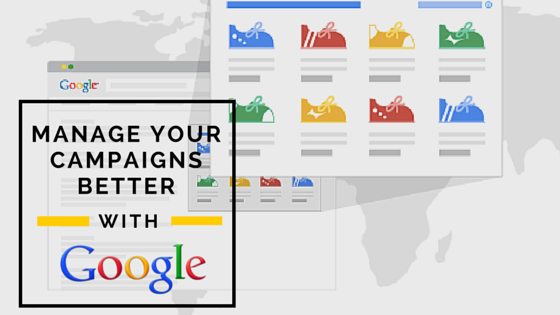The capabilities of Dynamic Search Ads to bring in more business for retailers has been indisputable. The ability to target relevant search queries for a website could make the difference for a business becoming the next Amazon or sinking into obscurity.
Staying on top of technology that improves efficiency, automatically updates ads and generates a headline relevant to a customers’ search requires mastering those tools as they are fashioned. Retailers also need to grab hold of the ones that address and streamline outstanding issues. Recently, Google introduced Expanded Dynamic Search Ads which is great news for any retailer, notably if you’re a small or up-and- coming business with a specialized or seasonal clientele.
The DSA’s purpose is to do what keyword campaigns can’t do by helping develop incremental traffic and make the process of targeting ads easier: Google figures out the searches that are a match for the ad targets and generates an ad headline and a URL for the landing page. In 2015 Google presented an updated version of DSA, but since then engineers have worked to smooth out some of the processes to expand any DSA campaign’s reach. This Spring 2017 finds Expanded Dynamic Search streamlines processes, and allows for expanded text ads loaded with more information based on your site’s content.
Remember: your search ads are only as dynamic as your site. Be sure you’ve been diligent in doing the work of improving your site and creating great descriptions so your ads are relevant to the people you want to reach. This will guarantee the effectiveness these updates will be for you.
Using Feed Targets
Having a page feed spreadsheet allows for which URLs you want to target. AdWords will be enabled to determine when to show ads for your site and where to direct them to your landing pages. Using the page feed spreadsheet can be a benefit if you’re targeting multiple sources. For Dynamic Search to allow for expanded text, Google requires a 2-column page feed template which they provide or allows for one to be uploaded. The columns are divided between Page URL (targeted web pages) and Custom Label (the label for target ads within your page feed).
Once you’ve uploaded the spreadsheet, you can select your targeting source where you can use URLs from your page feed or from the index of your website and page feed. To use the custom labels, you will need to create a Dynamic ad target for the specific item in your page feed. If you’re not providing any labels, you can leave this section empty. You can also add a custom bid to add competitiveness for any URL with the custom label.
There are a variety of benefits to this approach, such as allowing for DSAs to steer customers to particular landing pages depending on their campaign settings, allow new products to be promoted by combining Google’s website index and your page feed, and to group products around promotions, availability, etc.
Consolidating Ad Creation
In the previous version of creating a Dynamic Search Ad campaign, you would have to go to the “Create an ad” section and enter your ad description. Creating additional ads required clicking on the “Ads” tab and then click on the “+Ad” button to enter the new ad’s text. In the update, it’s consolidated with the assumption that more ads will be generated. Just click on “New ad” and enter your text, and repeat for any other additional ads.

Improving Target Creation and Tracking Targets
As part of the effort to make Dynamic Search campaigns less reliant on keywords, the process allows you to have more control over how your campaign works utilizing your site’s content. With Dynamic ad targeting, your ads will refer to your website—even give you the ability to block pages and set exclusions.
The updates allow for more control. Under the one-stop “Dynamic ad targets” tab, you can select the ad group you want to bring to your website. Under that same tab, you can also find “Negative Dynamic Ad Targets.” Here you can choose what pages to exclude by category, page content, page title or URL and create rules.
Also, the tracking template creation now falls under the “Dynamic ad targets” tab and not under “Auto targets.” What hasn’t changed is that you will need to steer customers to your landing page with extra information in the URL. You still need to create a tracking template for you to use tracking in your campaigns. You will also need a ValueTrack parameter to populate your landing page and return landing page addresses.
Dynamic Search Ads were designed to reduce the fuss and tedium of the legwork on keyword searches and focus more on bringing a website’s experience efficiently to the customer on a variety of platforms. Expanded Dynamic Search Ads and the current round of updates continue Google’s effort to help retailers win over new customers and keep trusted ones.

